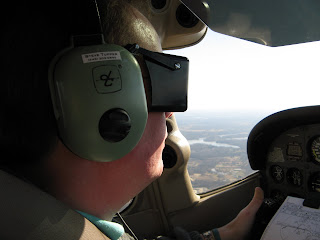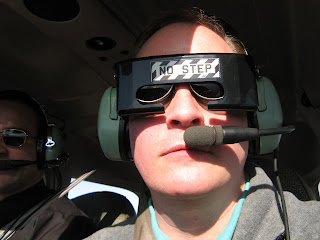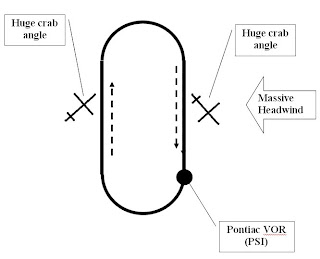
These are the show notes to an audio episode. You can listen to the show audio by clicking here: http://traffic.libsyn.com/airspeed/AirspeedZero02.mp3. Better yet, subscribe to Airspeed through iTunes or your other favorite podcatcher. It’s all free!
I got together with myTransponder.com founder and fellow CAP officer Rod Rakic to talk about accelerated flight training. Rod has done accelerated programs as a part of both his commercial and instrument training. I did my AMEL, ASES, and DC-3 (SIC) training in accelerated programs. And Rod and I are both graduates of the CAP National Emergency Services Academy’s Mission Aircrew School.
We talked about the benefits and drawbacks of accelerated and/or concentrated training and how best to take advantage of it.












